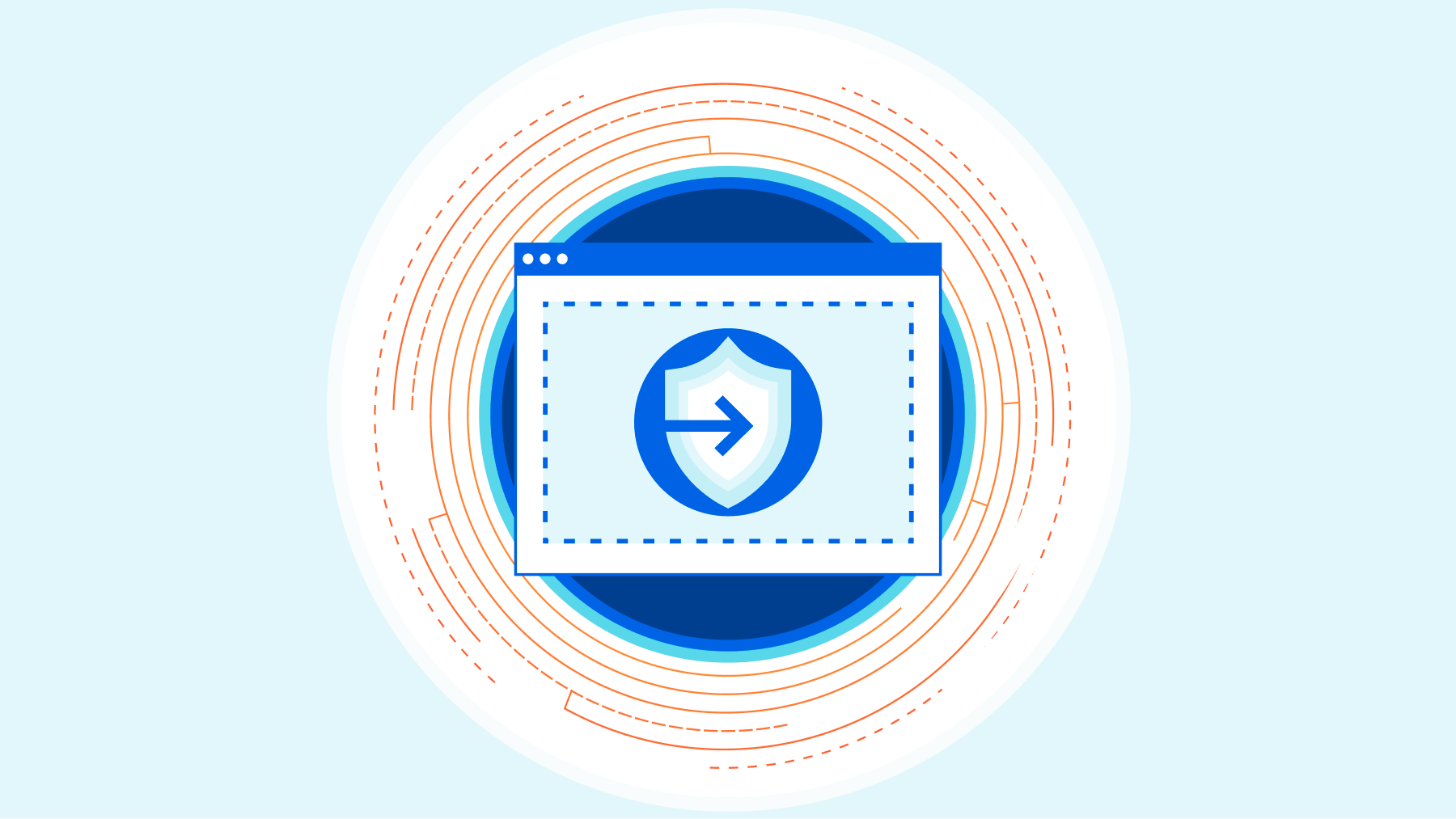

- Cloudflare zero trust ssh install#
- Cloudflare zero trust ssh password#
- Cloudflare zero trust ssh free#
That’s a roundabout way of saying that one of the pitfalls is having to spend more time and energy ensuring that your system is secure. I could spend time learning about Tailscale, VPN, and reverse proxies, but the myopenHAB administrators and our providers will do a better job keeping things secure than I ever could. And by “most people”, I mean anyone who does not have a solid grasp of network security…which includes me. I believe that for most people, myopenHAB is the best way to go.
Cloudflare zero trust ssh password#
I’ve no reason to think that the cloud-hosted myopenHAB servers are any more or less secure than Cloudflare’s (and they may even be on Cloudflare).Īs for passwords…wIth all of your concerns about security, don’t you use a password manager? (I’m kidding) However, I don’t see any particular reason that someone would target our servers over higher-profile targets. MFA would definitely be great, and I could see that being added in the future. I did look at myopenhab in the past but I had some concerns at the time such as the lack of multi factor authentication, a possible attacks to the myopenhab server, and yet another username and password to remember. Has anyone else tried to place their openHAB server behind a Cloudflare Tunnel for remote access? I’m trying to figure out the pitfalls with then setup (more than just losing the native phone application access). No third party app running on my phone draining the battery, multi factor authentication via an existing oauth2.0 account, the ability to set my own custom domain for the openHAB server (no more 100.x.x.x ip addresses). To me this appears to be the best remote access setup. The Cloudflare Tunnel is is part of Cloudflare for Teams which also offers a nice set of bundle products including a personalized DNS, Gateway, Access, and a VPN for up to 50 users. Note you can not use the openHAB app with this setup. Now when I want to access my openHAB server when I’m away from open I just open up a web page (my own custom domain), log in with my Google Account credentials which include multi factor authentication, and then I have access to the openHAB web interface. I then limited access to the openHAB Zero Trust application to my specific Google account and used Google as the authentication service. This Zero Trust application just points to the openHAB interface running on my server. With the connection established I then created a Zero Trust application. This application creates a connection between the openHAB server and the Cloudflare’s network.
Cloudflare zero trust ssh install#
With a Cloudflare Tunnel you install a somewhat small application on the server. The only difference is you don’t need to be running a battery guzzling VPN app on your mobile device to access your server. The Cloudflare Tunnel allows for remote access to my server similar to Tailscale, ZeroTeir, and other VPN like platforms.
Cloudflare zero trust ssh free#
I ended up having some free time this weekend and placed my openHAB server behind a Cloudflare Tunnel for remote access.


 0 kommentar(er)
0 kommentar(er)
